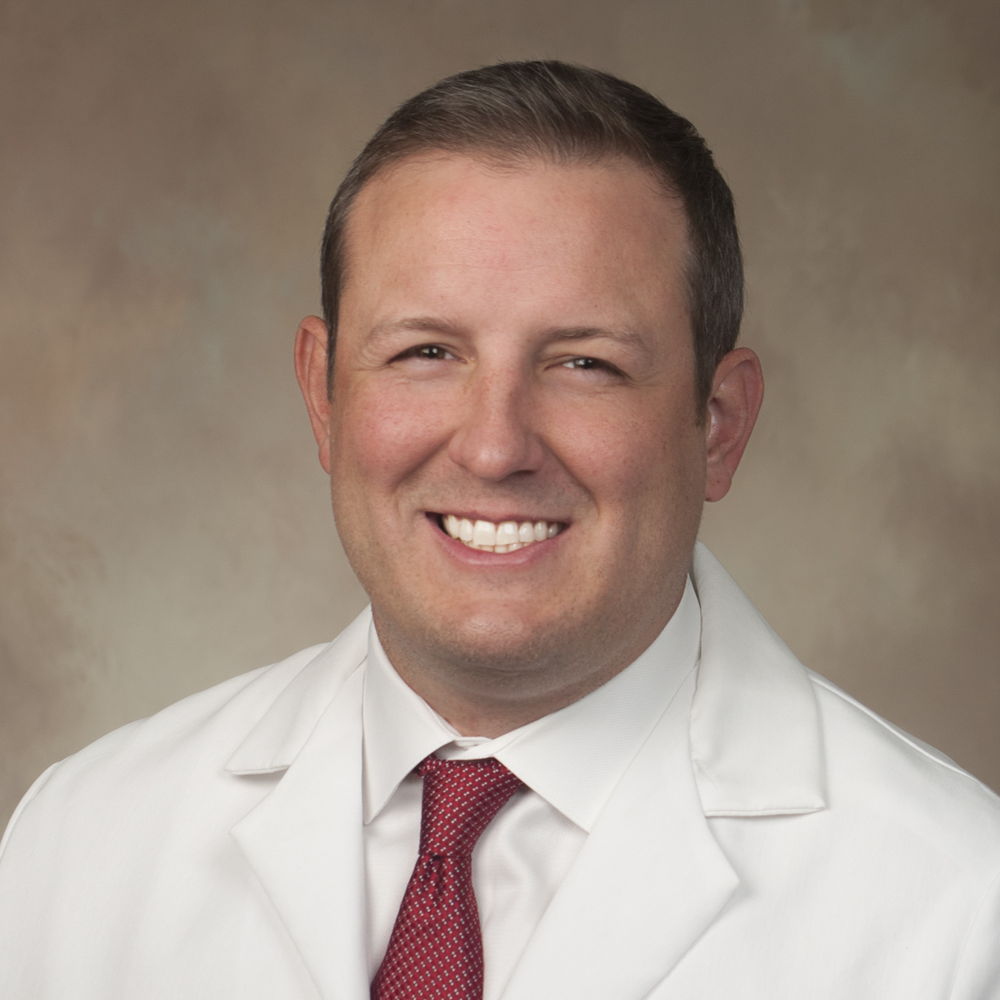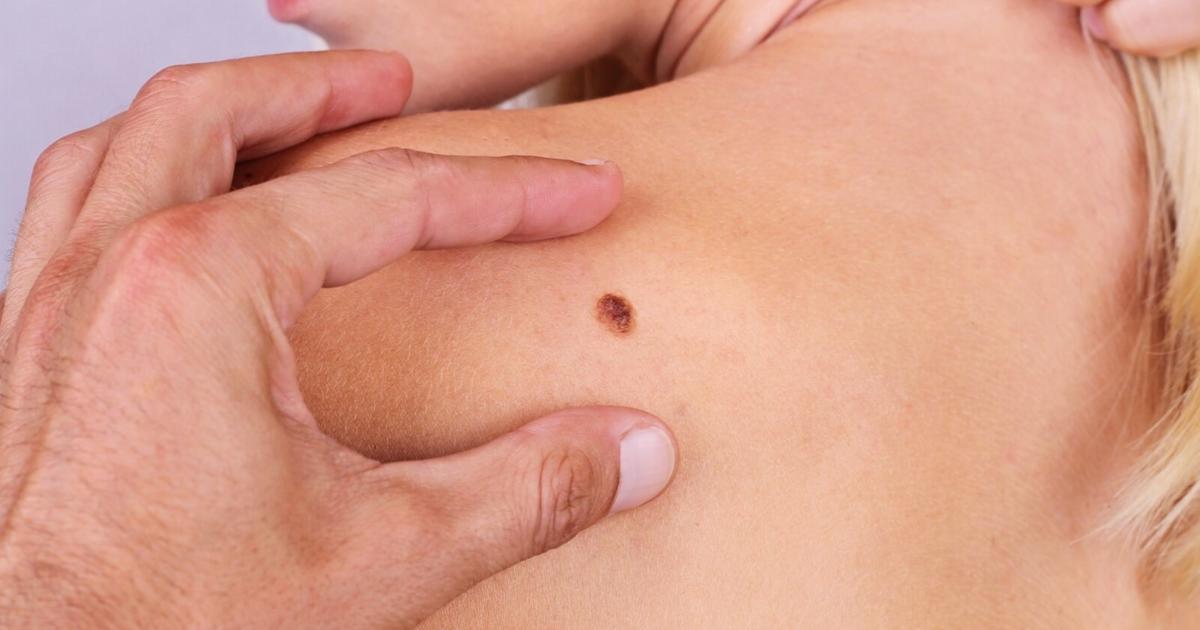
Dr. Brett Hyatt, DO
Interventional Radiologist | Vascular & Interventional Radiology
1225 N State St 100 Jackson MS, 39202About
Dr. M. Brett Hyatt is an interventional radiologist practicing in Jackson, MS. Dr. Hyatt specializes in minimally invasive, image-guided diagnosis and treatment of numerous medical conditions. Intervertional radiology (IR) procedures are often times less expensive, less risky, and less painful than tranditional surgery. Furthermore, most IR procedures are done without requiring admission to a hospital due to short recovery times. By using advaced imaging technology (ultrasound, CT, MRI, X-ray), Dr. Hyatt can see inside your body and treat complex medical conditions such as vascular disease and cancer.
Education and Training
William Carey University College of Osteopathic Medicine Doctor of Osteopathic Medicine degree 0
Board Certification
American Board of Radiology
Vascular & Interventional Radiology (Radiology)
Provider Details

Dr. Brett Hyatt, DO's Expert Contributions
Can you tell me a little about uterine fibroid embolization to treat uterine fibroids?
Uterine fibroid embolization (UFE) has actually been around for many years, but unfortunately, many people have still not heard about it. UFE is a minimally-invasive, low risk alternative to surgery (hysterectomy or myomectomy). Unlike surgery, this procedure requires minimal or no hospital stay and a shorter recovery time. There is also a lower complication rate and blood loss compared to surgery. Plus, your uterus is preserved. In this procedure, blood supply to the fibroid tumors is blocked, making them shrink. During a UFE, a thin tube called a catheter is inserted through a blood vessel in the leg or wrist and guided by fluoroscopic (X-ray) images to the blood vessels that supply the fibroids of the uterus. Tiny particles are then injected to stop blood flow to the fibroids. Most patients go home the same day or the following day with expected pelvic cramping and pain, which is managed with medication. Many women resume light activity within 2-5 days and regular activity within a week. The procedure itself is relatively straight forward and usually takes about an hour. Patients then return home while the fibroids gradually shrink over the next few months. Approximately 9 out of 10 patients who undergo uterine fibroid embolization will experience significant improvement or their symptoms will go away completely. As mentioned, this is a low-risk procedure. However, risks do include, but are not limited to, access site hemorrhage/hematoma, pseudoaneurysm, infection, arterial injury, contrast allergy, nontarget embolization, myometrial injury, ovarian failure, fibroid passage, ileus, and postembolization syndrome (fever, pain, nausea, vomiting, malaise). Most individuals who undergo the procedure have a dramatic improvement in their symptoms and a decrease in size of their uterine fibroids. If menstruation has been heavy, it will usually return to a more normal flow after UFE. Other symptoms from bulky uterine fibroids will also improve, such as pelvic pressure, bloating, urinary frequency, and constipation. READ MORE
Length of DVT dissolve
It does not take long for an acute DVT to become chronic. After only 1 month, over 80% of a DVT converts to collagen, which is a fibrous material that will begin to scar into the vein. Ultimately, this could lead to PTS. Post-thrombotic syndrome (PTS) is a chronic condition characterized by leg swelling, pain, edema, venous ectasia, and skin induration. Studies have shown that it usually manifests itself within the first 2 years after an episode of DVT. Treatment is available, with may include a minimally invasive thrombectomy procedure, angioplasty, and/or stent placement. READ MORE
Areas of expertise and specialization
Professional Memberships
- American College of Radiology
- Society of Interventional Radiology
Fellowships
- George Washington University interventional radiology
Fellowships
- The George Washington University
Professional Society Memberships
- SIR, ACR
Hobbies / Sports
- Golf, Traveling, College Football
Dr. Brett Hyatt, DO's Practice location
Baptist Medical Group - Interventional Radiology
1225 N State St 100 -Jackson, MS 39202Get Direction
Dr. Brett Hyatt, DO's reviews
Write ReviewMedia Releases
Get to know Interventional and Diagnostic Radiologist Dr. Brett Hyatt, who serves patients in Jackson, Mississippi.
Dr. Hyatt is a board-certified interventional and diagnostic radiologist with a focus on vascular and minimally invasive procedures. He works at Mississippi Baptist Medical Center in Jackson, Mississippi.
His areas of focus include, but are not limited to: arterial disease, ischemia, PE/DVT, dialysis access, hepatobiliary disease, intracranial thrombectomy/stroke intervention, vertebral augmentation, interventional oncology, uterine artery embolization, and prostate artery embolization.
With a broad educational background, Dr. Hyatt graduated with his Doctor of Osteopathic Medicine degree from William Carey University College of Osteopathic Medicine. He then went on to perform his internship at St. Anthony Hospital, his residency in diagnostic radiology at Integris Health, and his fellowship in vascular and interventional radiology at George Washington University.
An expert in his field, the doctor is board-certified in interventional radiology and diagnostic radiology by the American Osteopathic Board of Radiology (AOBR). The AOBR is an organization that provides board certification to qualified Doctors of Osteopathic Medicine who specialize in the use of imaging in the diagnosis and treatment of disease.
Continuously advancing his efforts, Dr. Hyatt is an active member of the American Osteopathic College of Radiology, the Radiological Society of North America, the American Osteopathic Association, the American College of Radiology, and the Society of Interventional Radiology.
Interventional radiology is a medical specialty that performs various minimally-invasive procedures using medical imaging guidance, such as x-ray fluoroscopy, computed tomography, magnetic resonance imaging, or ultrasound. Interventional radiologists diagnose and treat disease. They treat a wide range of conditions in the body by inserting various small tools, such as catheters or wires from outside the body. X-ray and imaging techniques such as CT and ultrasound help guide the radiologist.
Diagnostic radiology is a medical specialization that involves undertaking a range of imaging procedures to obtain images of the inside of the body. Diagnostic radiologists use a variety of imaging procedures to see inside the body and assess or diagnose the patient’s condition.
Recommended Articles
- What Medications Help in Treating Eating Disorders?
According to statistics, binge eating disorder is very common among young adults in the United States in comparison to anorexia and bulimia. In the last couple years, it has been treated as real medical disorder. According to the Youth Risk Behavior survey that was conducted in 2001, 35 percent of...
- Daughter Plans Wedding in Three Weeks So Mom with Alzheimer's Can Attend
In April 2017, Stephanie got engaged to Bryan Fish. At first, their wedding was expected to take place a year after, where everything would be in place for her to have the wedding of her dreams, taking every detail into account to have something that everyone would remember. But, their plans...
- Reflex Sympathetic Dystrophy - Complex Regional Pain Syndrome
What is Reflex Sympathetic Dystrophy?Complex regional pain syndrome (CRPS) is also medically termed as reflex sympathetic dystrophy syndrome (RSD). This is a condition which often leads to chronic pain in which high levels of nerve impulses are sent to the affected area. There are studies that...
- Overconsumption of Red Meat Can Lead to Medical Complications
According to a new study, people who eat low amounts of red meat have a lower risk of death, when compared to people who have more of processed foods, such as hot dogs and sausage. In this study, the researchers from Harvard analyzed the diet of more than 120,000 people who are participating in the...
- Is Skin Cancer Fatal?
Unlike what most people think, skin cancer, like most other cancers, is fatal. Skin cancer is the most common form of cancer in many countries, including the United States. More than 5 million skin cancer cases come up each year. Over 3 million of these cases are found in the United States. In fact,...
- Endometriosis: Signs and Symptoms
What is Endometriosis?Endometriosis is a chronic medical condition affecting young women at a reproductive age. It is a very painful condition, which usually ends with menopause. Endometriosis does not occur before puberty.Endometriosis is a medical condition characterized by an implantation and...
Nearby Providers
- Wesley B. Schrock M.D.2500 N State St Jackson MS 39216
- James David Thomasson M.D.969 Lakeland Dr. Jackson MS 39216
- Justin Allen Calvert M.D.2500 N State St Jackson MS 39216
- Dr. Vipin S Patel MD1500 E Woodrow Wilson Ave Jackson MS 39216
Nearest Hospitals
MISSISSIPPI METHODIST REHAB CTRl
1350 E WOODROW WILSON DR JACKSON MS 39216




